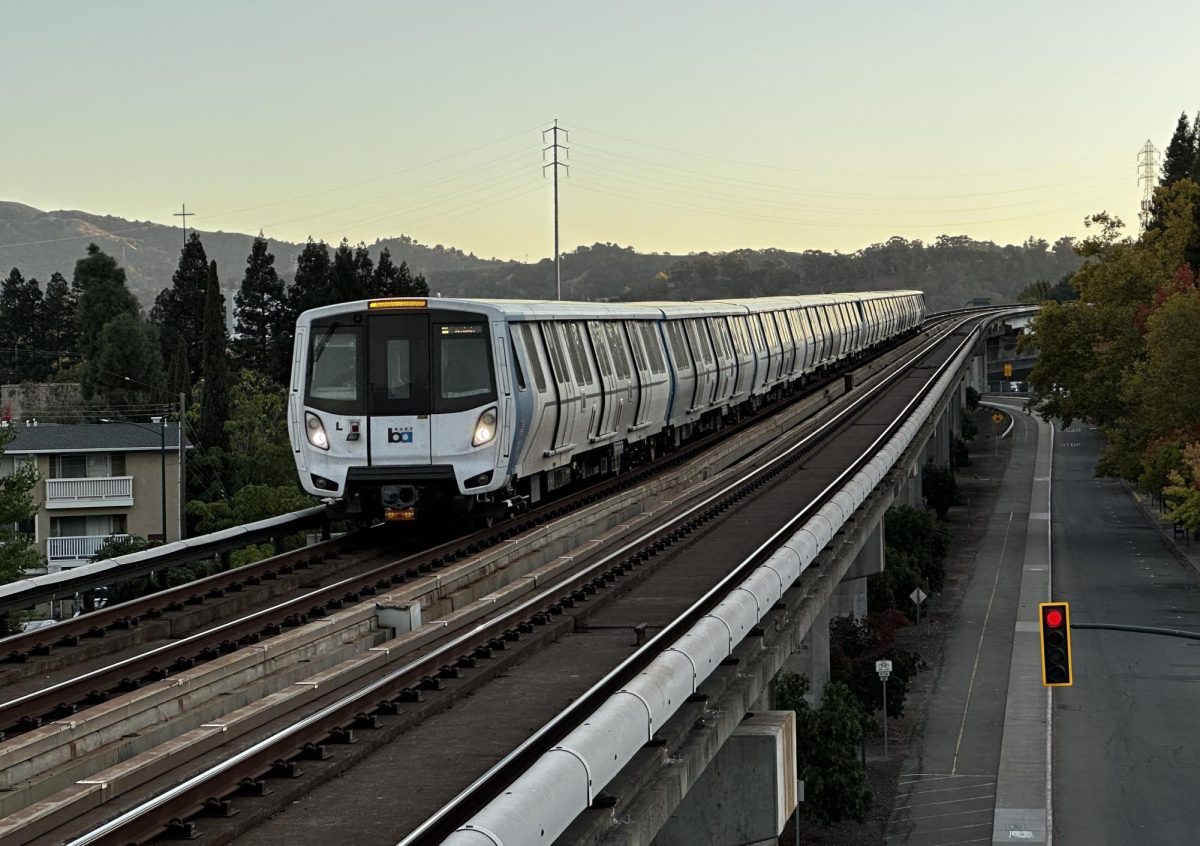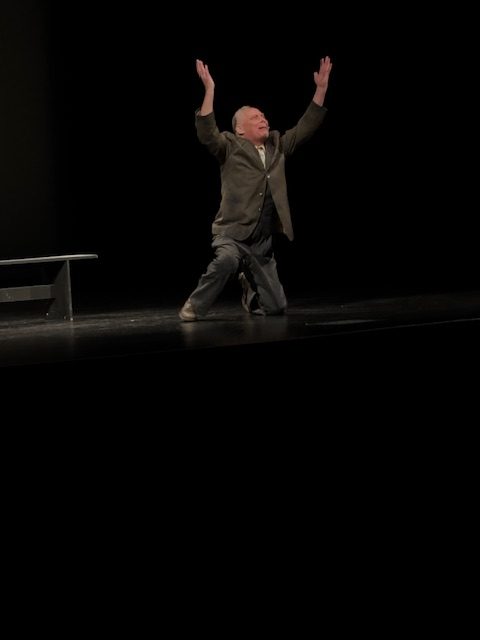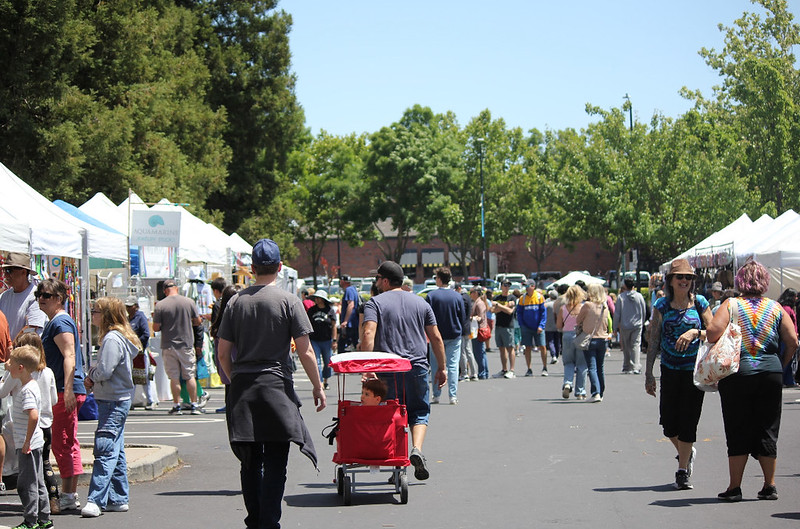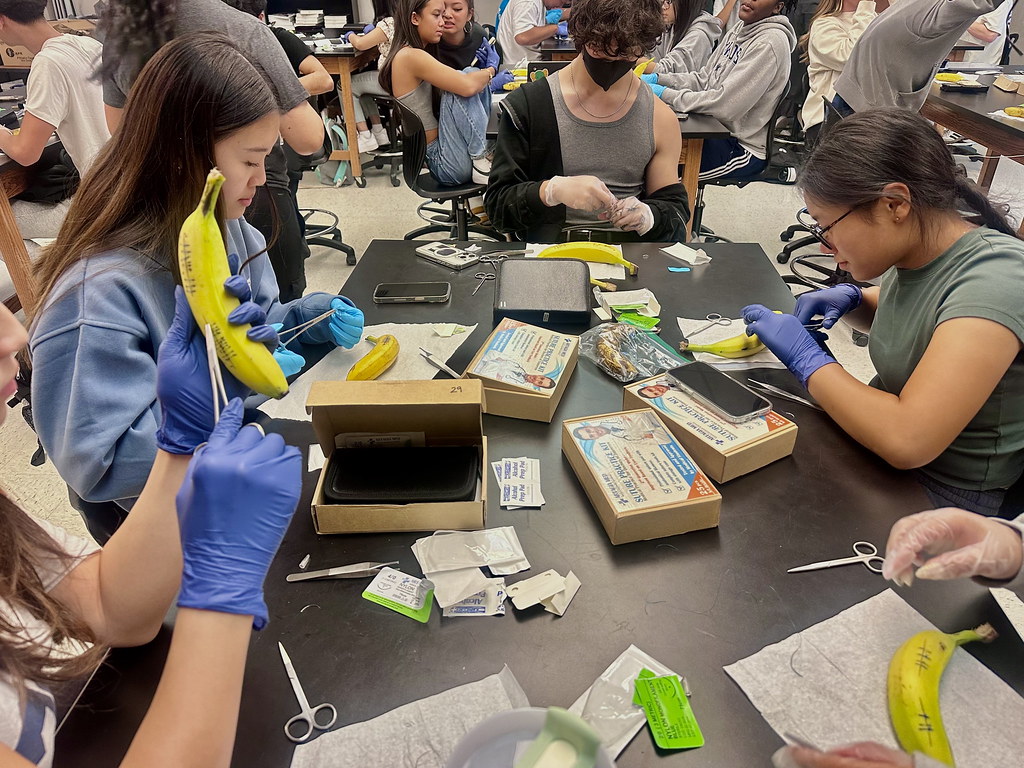BART, the Bay Area’s main mass transit system, is actively pursuing safety and ridership improvements through initiatives such as the Next Generation Fare Gates and infrastructure rebuilding supported by the Measure RR program.
After a BART derailment on Jan. 1, 2024, injured nine people and delayed thousands, BART has continued making efforts to update and address the many concerns surrounding its ridership.
“We can’t really have too many of these types of incidents and expect the public to trust us,” Jim Allison, a BART spokesperson, told ABC News.
As BART continues to build its relationship with the community, one of the major problems that plagues BART is fare evasion. Current fare gates that regulate the access of passengers in its stations can be easily hopped over, and with often lax security, BART estimates that these all-too-common incidents cost the transit system more than $15 million a year.
To combat this, BART has secured a historic $90 million in funds allocated to the Next Generation Fare Gate project. These seven foot gates aim to prevent gate-hopping, while also allowing better accessibility for people with wheelchairs, bikes, strollers or luggage.
At the end of 2023, BART opened up the new designs at the West Oakland station, and as of Jan. 11, eight additional stations centered around the SF area were announced to have the gates installed. BART hopes to have completed the 700 improved fare gates by 2025.
“I can speak anecdotally and from what I’ve heard from station agents, they say it’s been a complete game changer,” said Anna Duckworth, BART spokesperson.
But even with this new technology, prohibiting fare evasion is not 100% guaranteed. ABC News reporters have seen many incidents of people simply avoiding the new gates at the West Oakland stations, getting off somewhere else. Only a temporary fix, BART has to address these problems from the root.
The Measure RR program, a $3.5 billion general obligation bond given by the state, provides BART with the necessary resources to work on rebuilding the critical infrastructure of the system. Whether that is renewing power controls, tracks or control systems, BART is working to allocate its resources, since the $3.5 million does not address the long-term capital funding challenges.
With some of the most congested highways in the Bay Area, BART plans to extend the Berryessa line into Silicon Valley hoping to complete the project by 2040, hoping to increase ridership and convenience.
Late last year in September, BART finally decommissioned its legacy fleet–cars that were originally built in the 70’s. These legacy cars are not done yet though; they have been taken off BART’s main schedule, but can still be used as supplemental service.
BART is notoriously known for being dangerous–its crime rates are double most major rapid transit systems such as the NYC Subway and Chicago “L”. Last year, BART police released a four year strategic plan detailing methods for public engagement and better training and facilities.
Although ridership is still 45% of pre-pandemic numbers, the trend has been on a rise, with the 48 million trips of 2023 being up 16% from the previous year. With constant updates and new projects underway, BART expects to have an efficient, reliable and community-centric transit future ahead of them.











